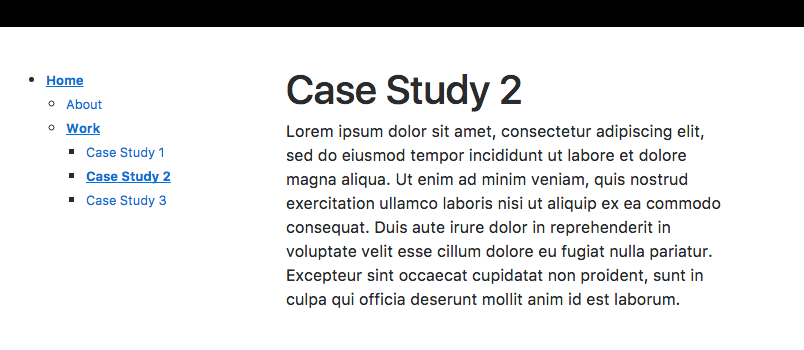1.0.1 • Published 9 years ago
metalsmith-directory-hierarchy v1.0.1
metalsmith-directory-hierarchy
A Metalsmith plugin that creates a new metadata item that turns matching files into a hierarchal object tree based on their folder structure.
The key use-case for this plugin is for building navigation based on your assets's folder structure.
Installation
npm install metalsmith-directory-hierarchyUsage
var dirHierarchy = require( 'metalsmith-directory-hierarchy' );
metalsmith.use( dirHierarchy() );Options
var options = {
"name" : "hierarchy", // the name of the metalsmith metadata property
"test" : /\.md?$/ // regex to match files to include in hierarchy
}
metalsmith.use( dirHierarchy( options ) );Defaults values for options can be found here.
Example
Given a folder structure like so:

Would produce the object below and assign it to the global metalsmith metadata object.
{
children: {
'my-content': {
item: {
title: 'Home',
path: 'content/index.md',
contents: <Buffer... >,
...
},
children: {
'about': {
item: {
title: 'About',
path: 'content/about/index.md',
contents: <Buffer... >,
....
}
},
'work': {
item: {
title: 'Work',
path: 'content/work/index.md',
contents: <Buffer ... >,
...
},
children: {
'case-study1': {
item: {
title: 'Case Study 1',
path: 'content/work/case-study1/index.md',
contents: <Buffer ... >,
...
}
},
'case-study2': {
item: {
title: 'Case Study 2',
path: 'content/work/case-study2/index.md',
contents: <Buffer ... >,
...
}
},
'case-study3': {
item: {
title: 'Case Study 3',
path: 'content/work/case-study3/index.md',
contents: <Buffer ... >,
...
}
}
}
}
}
}
}
}Which would allow you to build something like this (hint: using recursive partials):
